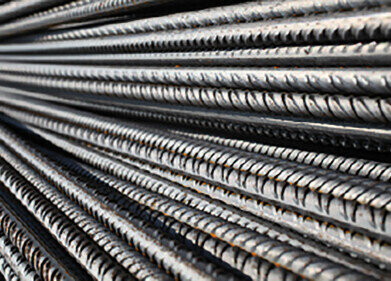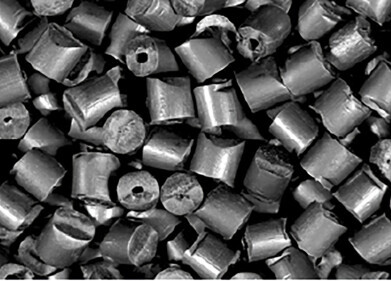Biofuel Industry News
Biofuels created from light, air and bacteria
May 16 2012
Two new and unique research projects have recently signalled a significant step forward in biofuel processes, harnessing bacterium, light and air in their efforts to create more efficient renewable fuel.
There has been a significant impetus for biofuel analysis from the government of late, with researchers questioning whether creating fuel from plant forms is actually the way forward. Biodiesel created from crops could cause just as much environmental damage as regular fossil fuels, as well as causing a rift of side-issues such as the inflationary pressures on food.
But new research has looked to advance biofuel processes, harnessing the energy in new substances and allowing for a deeper understanding of the forces at play in biofuel production.
The first study set out to understand the makeup of a bacterium found in the soil of a tropical rainforest, which researchers in the US believe may lead to more efficient production of biofuels. They explored new substances in controlling the amount of toxic chemicals, especially salty solvents, which are often harmful to bacteria then used to break down the biomass.
Researchers at the Lawrence Livermore National Laboratory in California discovered a certain bacteria that can tolerate those man-made toxic chemicals used in making biofuels, which could significantly enhance production.
In other research, scientists have looked to harness light and hydrogen to make electricity from electrodes coated in bacteria. The aim of researchers at the University of Leeds, UK, is to develop more efficient biofuel cells, which are seen as the future of electronics.
Dr Jeuken, a professor at the university, said: “Not only will this help scientists understand the role of different enzymes in making energy, but how best to capture and use this energy in electrical applications.”
Biofuel processes are advancing at rapid pace, with new substances and techniques being developed consistently. What these findings represent is a product that is near completion, with new materials and substances used with greater understanding and enhanced efficiency.
Posted by Joseph Hutton
Digital Edition
PIN 25.2 Apr/May
April 2024
In this Edition Safety - Carbon monoxide toxic and flammable gas detection Analytical Instrumentation - Density: A fundamental parameter at critical stages within the petroleum sector...
View all digital editions
Events
May 03 2024 Seoul, South Korea
May 05 2024 Seville, Spain
May 06 2024 Riyadh, Saudi Arabia
May 06 2024 Houston, Tx, USA
May 06 2024 Houston, Tx, USA


















